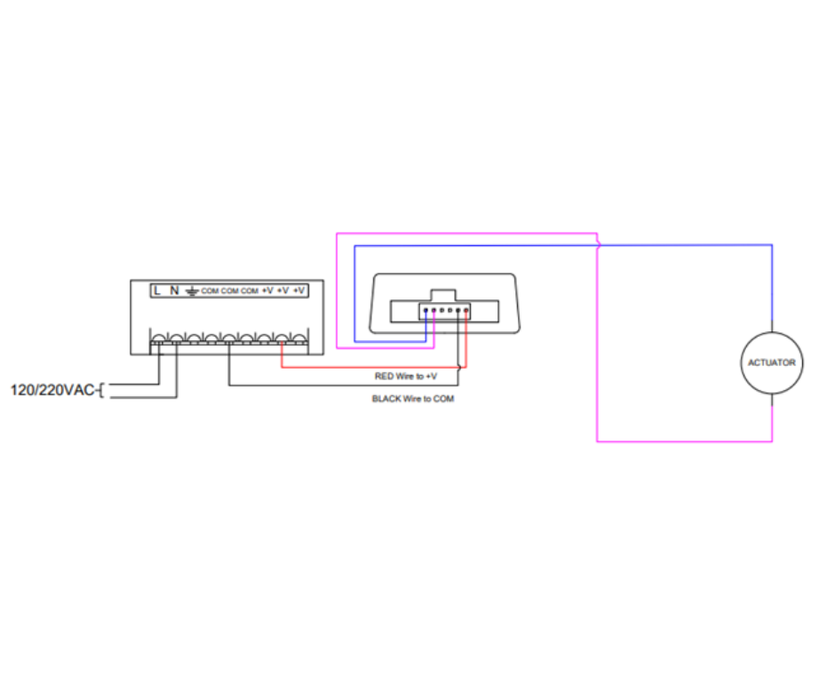Whether your trapdoor is being used to access a basement, cellar, or hidden room/storage space, automating the process of opening and closing it can be an awesome way to add convenience and wow factor!
Before we get started, there are a couple of things that need to be considered:
- Safety: While an automated trap door can be practical and a cool thing to show off, it does not come without risks. Make sure you take precautions to minimize the chance of someone getting caught in a pinch-point. Having this happen while the actuator is in motion has the potential to cause serious harm. One option that can be used to minimize this risk, is to incorporate a controller that will monitor the current draw of the actuator. You will also want to make sure you minimize the risk of someone getting trapped in the event of a power failure.
- Which actuator should you use?: A couple of things you need to consider when choosing an actuator for you trap door are force rating (how much weight will it be pushing/pulling), duty cycle (how often will it be used), stroke length (how far does the shaft need to extend to open the door) and IP rating (will the actuator be exposed to dust, dirt, or liquids).
- How many actuators should you use?: For this example, we are going to use one actuator. If your project requires you to use two on one door, you will want to use a feedback system, such as a Hall effect sensor, to keep the actuators in sync with each other.
Our example shows a PA-04, with a 14” stroke, opening a door 90 degrees. Factors that will affect the positioning of your brackets include actuator size, door size, stroke length, door/hinge style, and angle of opening. Once you know where you will be mounting your actuator, you can install your mounting-brackets.
Please note that this an example and your measurements will vary based on your application.
Step 2: Check Your Measurements and Install the ActuatorYou can now use the actuator to make sure your mounting brackets are lined up properly.
- First, make sure the actuator is in the fully retracted position and attach the base to its mounting-bracket.
- With the trap door closed, check to make sure the mounting hole on the shaft lines up with the mounting hole on the bracket. Do not attach the shaft to the bracket yet.
- Next, fully extend the actuator (see step 3 to power the actuator) with the door opened to the desired angle and check the alignment of the holes, once again.
If the holes line up in both configurations, we can attach the shaft to its bracket!
Step 3: Wiring to Power Your ActuatorUse the provided wiring diagram to make your connections, and ensure that the power supply is not connected to power while wiring. When mounting your power supply and controller, make sure that the power wires from the actuator are not pulled too tight. They will need to be able to move as the actuator pivots.





Comments
Please log in or sign up to comment.